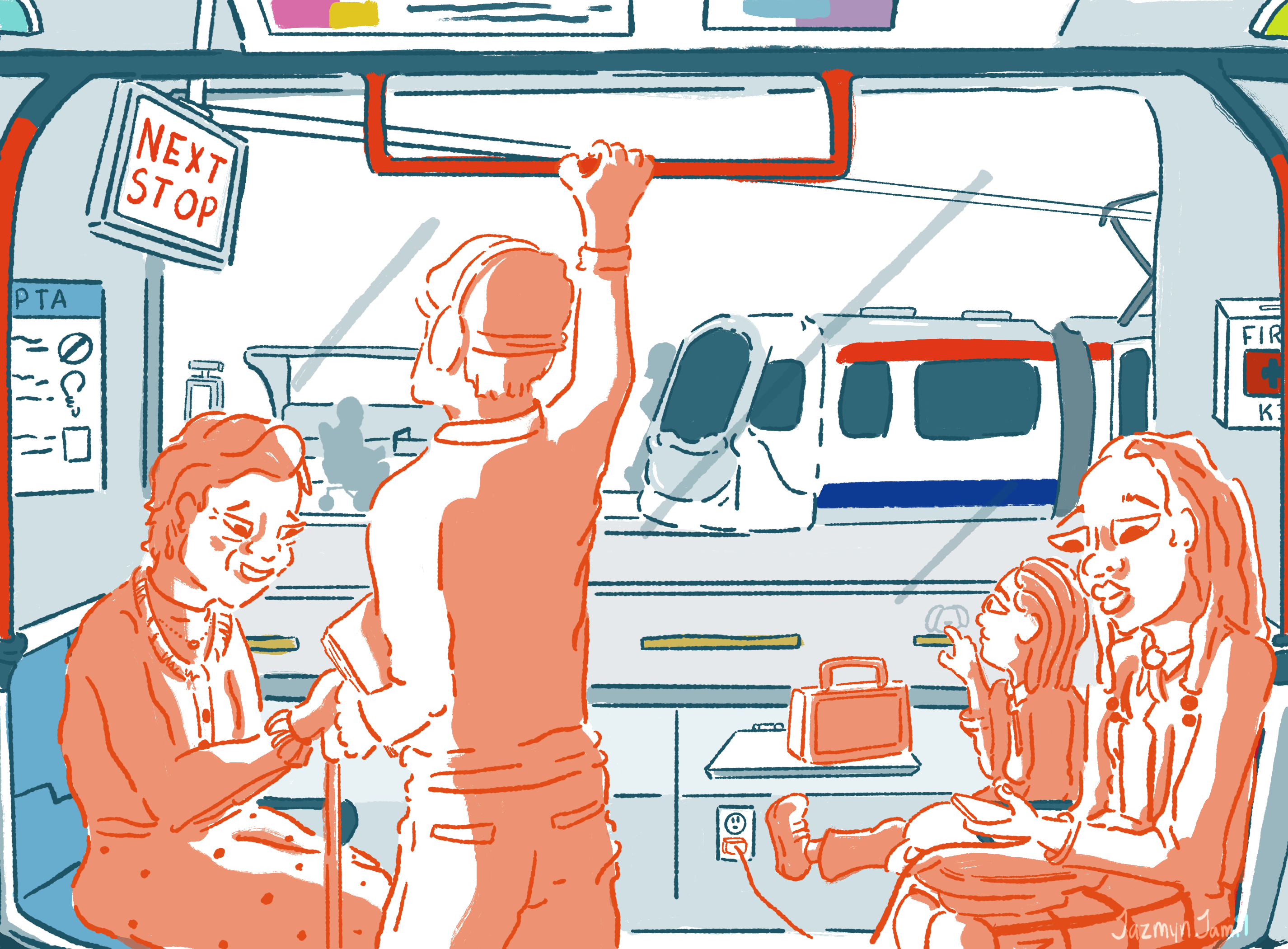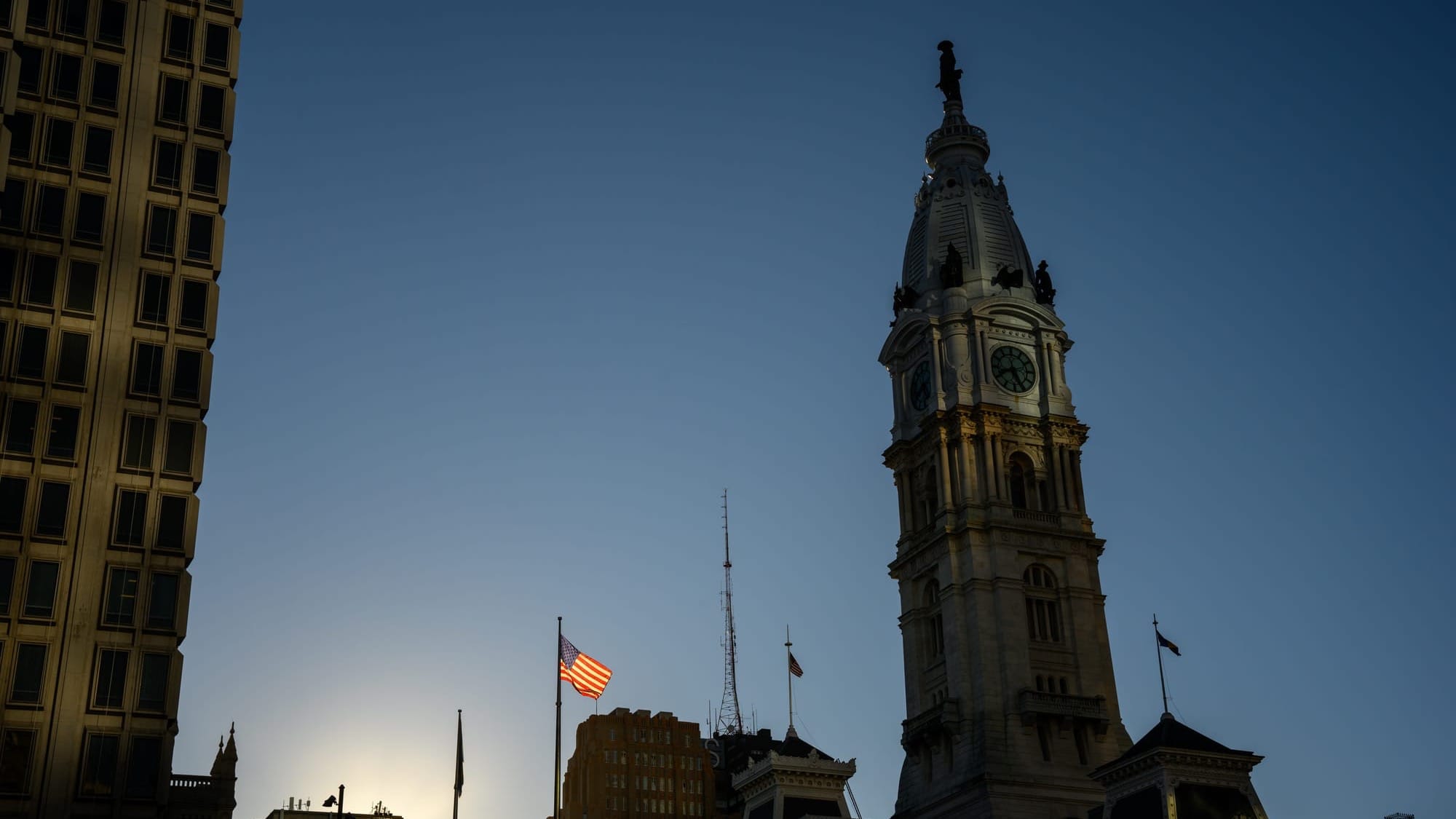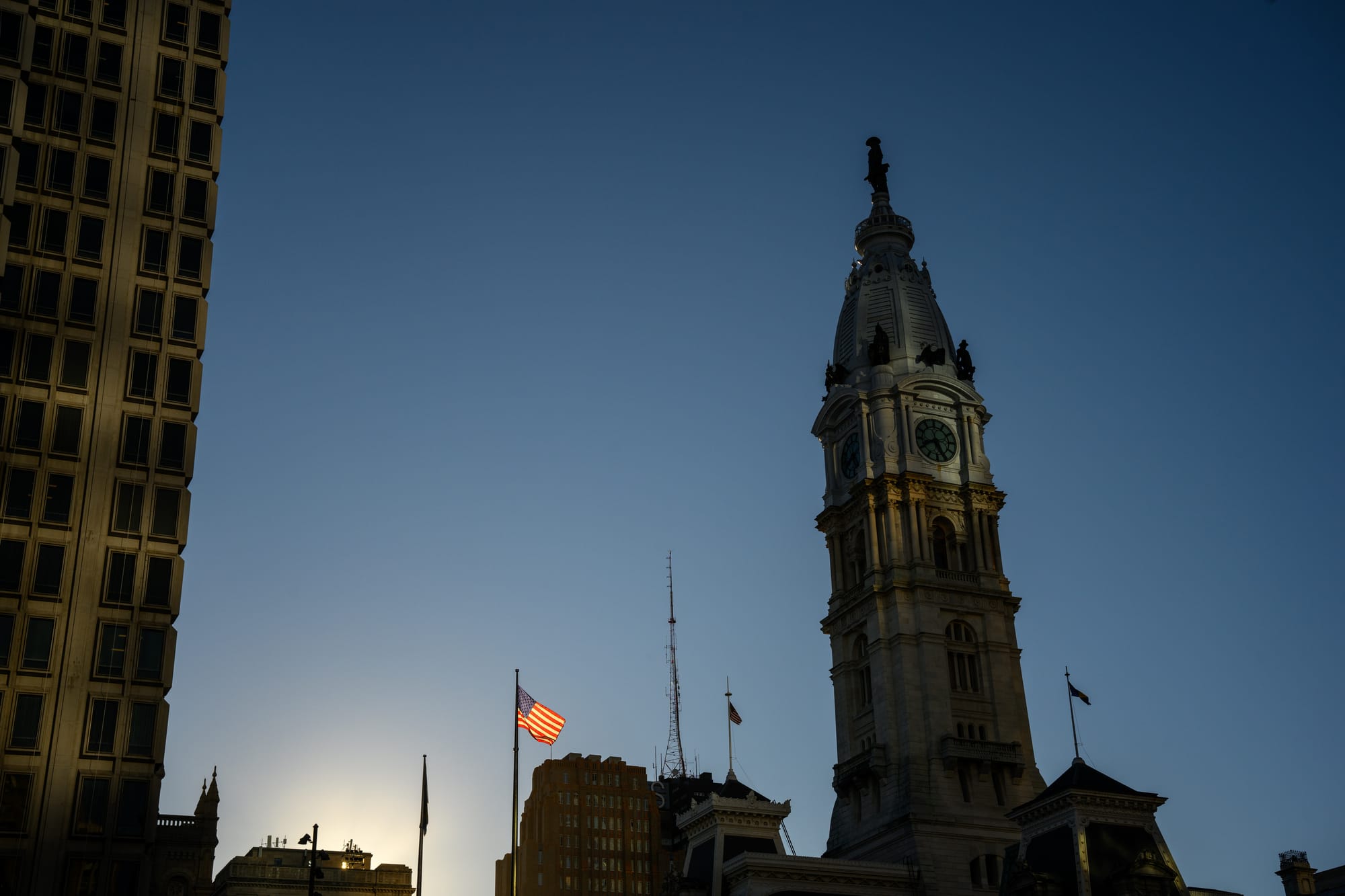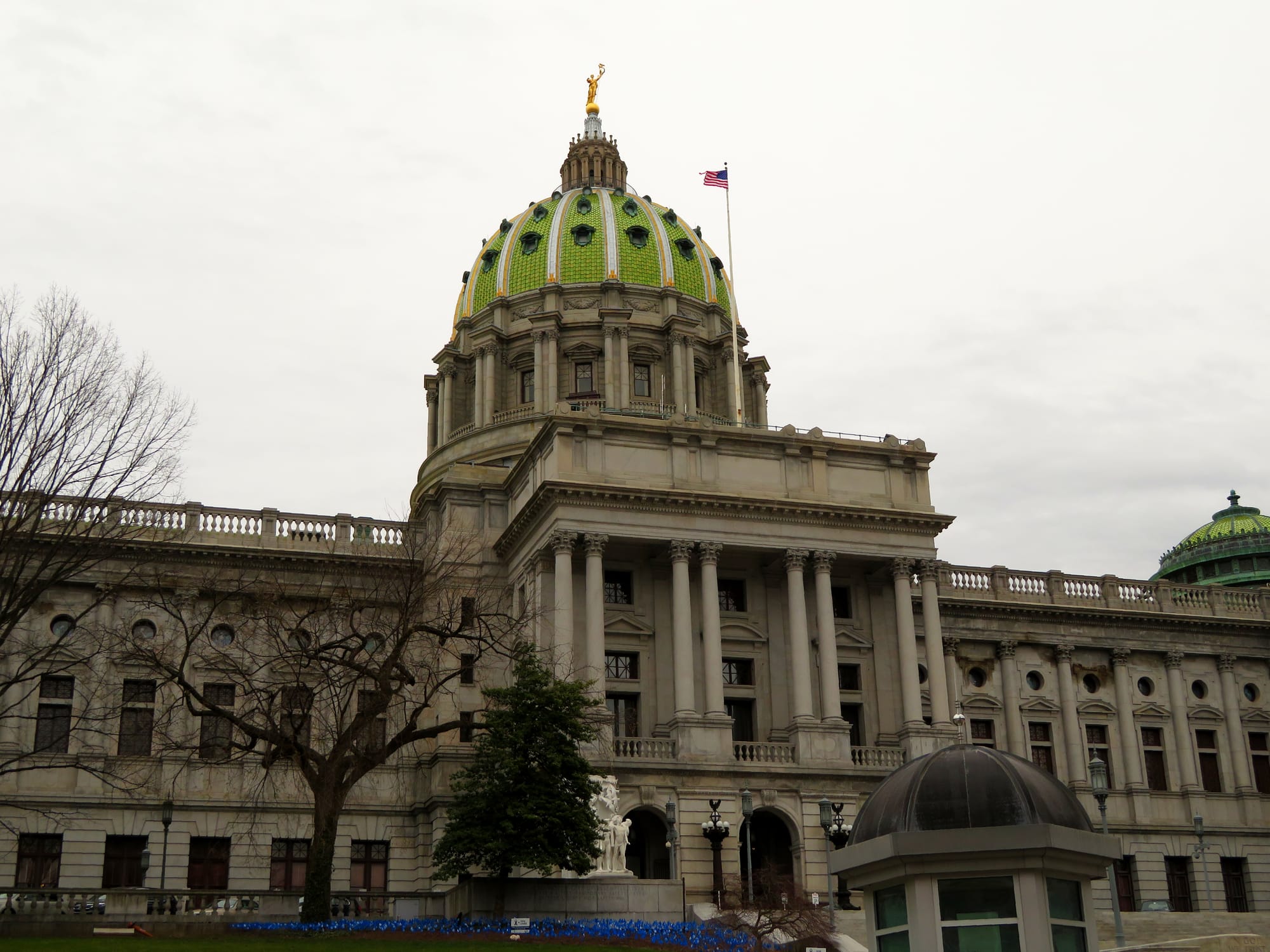Want Your Bus Back on Time? “Balkanize” Pennsylvania
If passed, this plan would bring real changes: buses every 10 minutes, late-night trains running again, no steep fare hikes, and more stable funding so the district can plan programs without last-minute cuts.

State Rep. Melissa Shusterman is circulating legislation that would sort all 67 counties into three economic groups and then “index” state tax collections by region so each group keeps a defined share of the money it generates to pay for core services like transit, schools, and public safety.
In practice, the Southeastern region that includes Philadelphia and the collar counties would budget its own proportional slice of statewide tax receipts, rather than waiting for an annual Harrisburg bargain, with clear formulas and audits to prevent gamesmanship.
Her office points to personal income tax as the anchor stream, noting it made up about 41 percent of all state tax revenue last year and that the top tier of counties contains roughly 75 percent of the population but contributes more than 80 percent of personal income tax. The goal is not to cut off the rest of the Commonwealth. It is to lock in a predictable, rules-based local share so SEPTA and schools can plan service and staffing without brinkmanship.
Shusterman presents the case without apology: “Southeastern PA and other urban and suburban areas fund the state coffers,” she told me. “We’ve been proud of that for decades. We help fund the roads and bridges that rural PA uses for transportation. And we’ve been on board with that.”
“However,” Shusterman continued, “we need to be able to keep enough of that funding to ensure our own mass transit runs so our regional economy can continue to drive the state’s economy. We’re not OK with our tax dollars going to the rest of the state while we face SEPTA cuts.” That is not a threat to the rest of the Commonwealth. It is a recognition that transit is the backbone of the region’s economy, and that the region cannot carry the state while watching its own mobility erode.
Critics will say the plan weakens the idea of a commonwealth. They will warn that once you start drawing regional lines, you invite zero-sum bargaining and hard feelings. They will also say Philadelphia is always asking for more. There is truth buried inside these objections. This plan is a pragmatic fix, not a romantic one. It accepts that the Coalition of the Whole has broken down.
But, it also concedes that Harrisburg has not protected the basic ability of a majority Black, working-class city to move. It does not celebrate that reality. It says the cost of waiting for a better politics is being paid every day by shift workers who spend an extra hour getting to a job they cannot afford to lose.
This is also Harrisburg’s problem. Because the five-county area supplies a big slice of income and sales tax, every missed shift or family that relocates to a car only suburb means fewer dollars flowing into the General Fund.
“Balkanizing Pennsylvania,” as I call it, does not mean breaking the state apart or turning neighbors into rivals. The classic meaning of balkanization is the fragmentation of a larger state into smaller, often hostile units. I am reframing the term to describe administrative regionalization of budgeting, not political secession.
Instead of one big statewide pot that becomes a hostage to late-night negotiations, the plan would create three locked regional pots with fixed inputs and fixed purposes, while preserving statewide floors for obligations that must be shared.
Think of it as three piggy banks with combination locks replacing one communal jar on the table. The locks are the index formulas and audits. The guarantee is that each region funds its own essentials first, and the Commonwealth still maintains baseline support everywhere.
Start with transit. A protected Southeastern Pennsylvania tax pot would let SEPTA cancel the fare hike and reverse the new cuts. Buses that just fell from every 9 or 10 minutes to every 12 or 15 minutes could go back to their old cadence. Service to job centers like the Navy Yard, which the cut plan zeroes out, could be restored. Regional Rail could climb out of its emergency posture, moving hourly service back toward 30-minute or better frequency and bringing back late-evening trips that workers use to get home. The trains used by SEPTA could get a much needed upgrade. Riders would feel it first in wait times, then in reliability, and then in their paychecks when overtime and second jobs become reachable again.
The money is there to justify a regional lockbox. In the most recent complete county breakdown of state income taxes, residents of Philadelphia, Montgomery, Bucks, Chester and Delaware reported about 193.3 billion dollars in taxable income. At Pennsylvania’s 3.07 percent flat rate, that works out to roughly 5.93 billion dollars in personal income tax from this five-county region alone, about 37 percent of the statewide total for that year. Those are not abstract figures. They are pay stubs from nurses at Penn, line cooks on City Avenue, lab techs in King of Prussia and teachers in Upper Darby.
Sales tax tells a similar story, with an accounting caveat. In fiscal 2023-24, county-coded remittances for non-motor-vehicle sales in the five counties totaled about 1.45 billion dollars, and motor-vehicle sales tax remittances added roughly 598 million dollars. That is just over 2.0 billion dollars attributable to the region, and it understates Philadelphia because the city’s separate 2 percent local sales tax is reported outside the state table and many large retailers remit through “miscellaneous” categories not assigned to any county. A regional pot would capture the reality that Southeastern Pennsylvania is a sales-tax engine and make that stream predictable for transit.
Predictability matters because state law already ties a chunk of sales tax to transit. The Public Transportation Trust Fund receives 4.4 percent of sales and use tax monthly plus a special transfer from motor-vehicle sales tax revenues that is designed to be at least 450 million dollars. A Southeastern set-aside would steady the local share flowing into that fund and reduce the annual brinkmanship over backfilling SEPTA from the general fund. Instead of pleading for a rescue each June, the agency could plan around known receipts and set service standards that match demand.
There is also a daily, human link between transit and education. When bus headways stretch, attendance slips, teacher commutes lengthen and after-school programs lose participants. A locked-in regional funding stream would make it easier to keep frequent service to campuses, job-training sites and community colleges even when Harrisburg is gridlocked. That is not an abstraction in a district that is managing the loss of hundreds of millions in temporary federal aid and facing structural gaps next year.
If this plan became law, Philadelphians and their suburban neighbors would see very concrete changes. The usual ten-minute bus would come back as a ten-minute bus. Late-night trains would be on their way home again. A steep fare hike would be off the table. The district could plan programs a year out with less fear that the rug will be pulled in June.
The debate is not whether Southeastern Pennsylvania should support the rest of the state. It is whether Southeastern Pennsylvania can be allowed to keep enough of what it already generates to keep the system that keeps the region working. On the evidence, it can, and it should.





